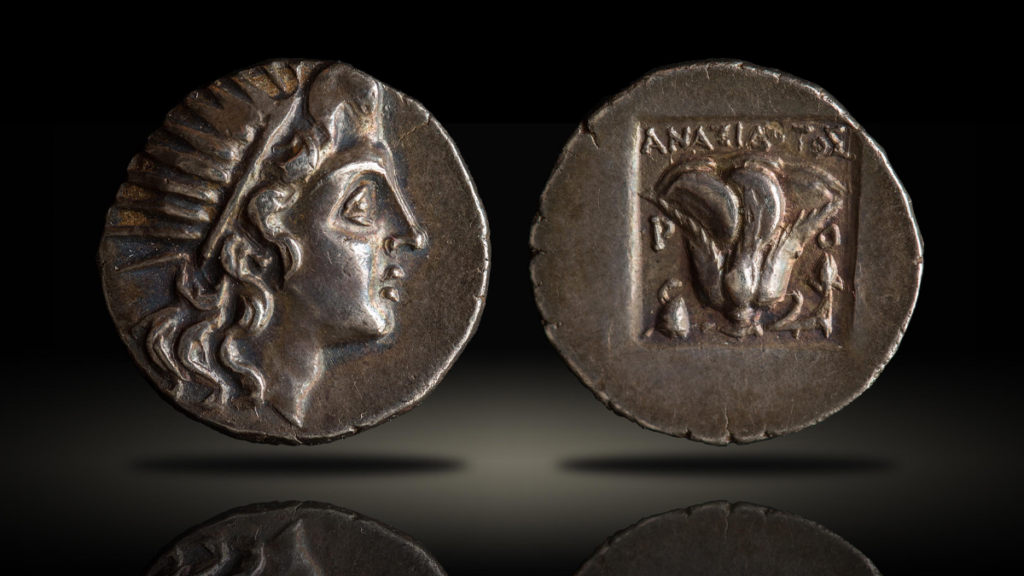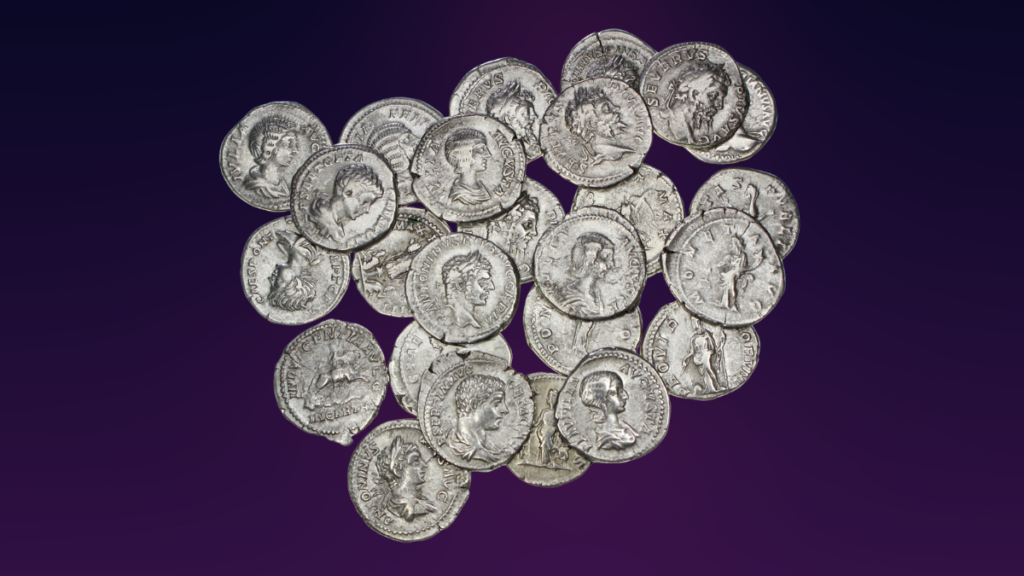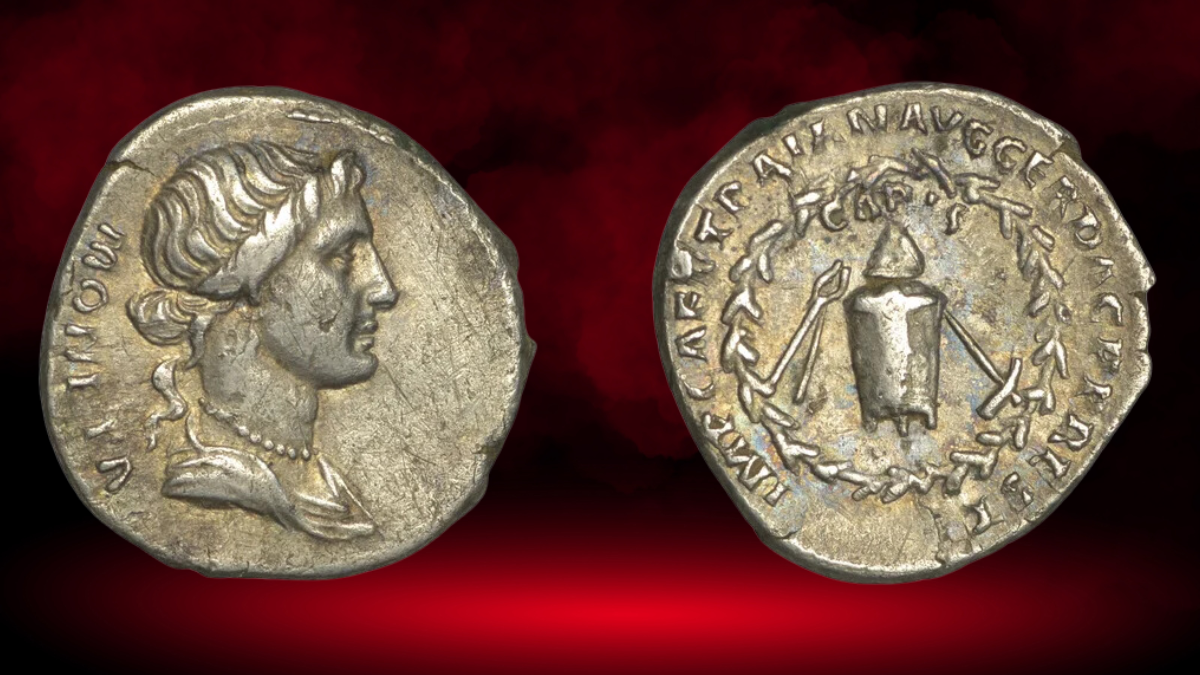A dedicated metal detectorist has made a once-in-a-lifetime discovery. Paul Capewell, a 59-year-old retired builder from Nottinghamshire, recently found a rare Roman silver coin in a field in Little Gransden, Cambridgeshire. The field, where he had been searching for over 20 years, finally yielded a treasure worth up to £6,000.
A Lifelong Passion for Metal Detecting

Paul’s love for metal detecting started over 40 years ago when he and his father took up the hobby together. Over the years, he has found several Roman and Medieval coins, but nothing compared to this silver coin, which was issued by the Roman Emperor Trajan in AD 107.
This remarkable find has been described by Paul as his most exciting discovery to date. The coin will be auctioned as part of a sale of Ancient Coins and Antiquities at Noonans Mayfair in London on October 22, with an estimated value of between £5,000 and £6,000.
Is Your Loose Change Hiding a $80,000 Secret? Check This Coin Now!
A Surprising Discovery Close to Home
Recounting the day of the discovery, Paul shared how it was a day of false starts, with only shotgun cartridges turning up in his search.
He had nearly given up when he received a promising signal just five meters from his parked car. Digging about eight inches down, he was astonished to uncover the ancient Roman coin.
“At first, I didn’t realize how rare the coin was,” Paul said. “It was only after showing photos to a coin dealer that I understood its true value. Now it’s even recorded with the Portable Antiquities Scheme.”
8 Rare Coins You Might Have Without Knowing Their True Value
The Historical Significance of the Coin

Nigel Mills, a Coins and Artefacts Specialist at Noonans, explained the coin’s importance.
“The coin was issued after Emperor Trajan recalled worn Republican coins from circulation. This particular type is incredibly rare, with only two examples being recorded for sale in the last 25 years.”
The design on the coin is also noteworthy. One side features the image of Juno Moneta, the Roman goddess of money and minting.
The reverse shows tools used for striking coins, linking the design to a similar coin minted by Titus Carisius in 46 BC. This historical connection adds to the coin’s value and appeal.
Future Plans for the Proceeds
Paul, who retired from the building trade after suffering a heart attack, plans to split the auction proceeds with the landowner of the field.
His portion will either go toward purchasing a new metal detector or to fund his upcoming heart surgery.
2024’s Coin Market Surge: 5 Rare Coins Poised for Big Gains
Conclusion
After two decades of exploring the same field, Paul Capewell’s determination finally paid off with a remarkable discovery.
The upcoming auction is not just a financial windfall for him but also a testament to the perseverance and passion that define his hobby.
For Paul, this Roman coin is more than just a rare artifact—it’s a rewarding end to a lifelong search for hidden treasures.

